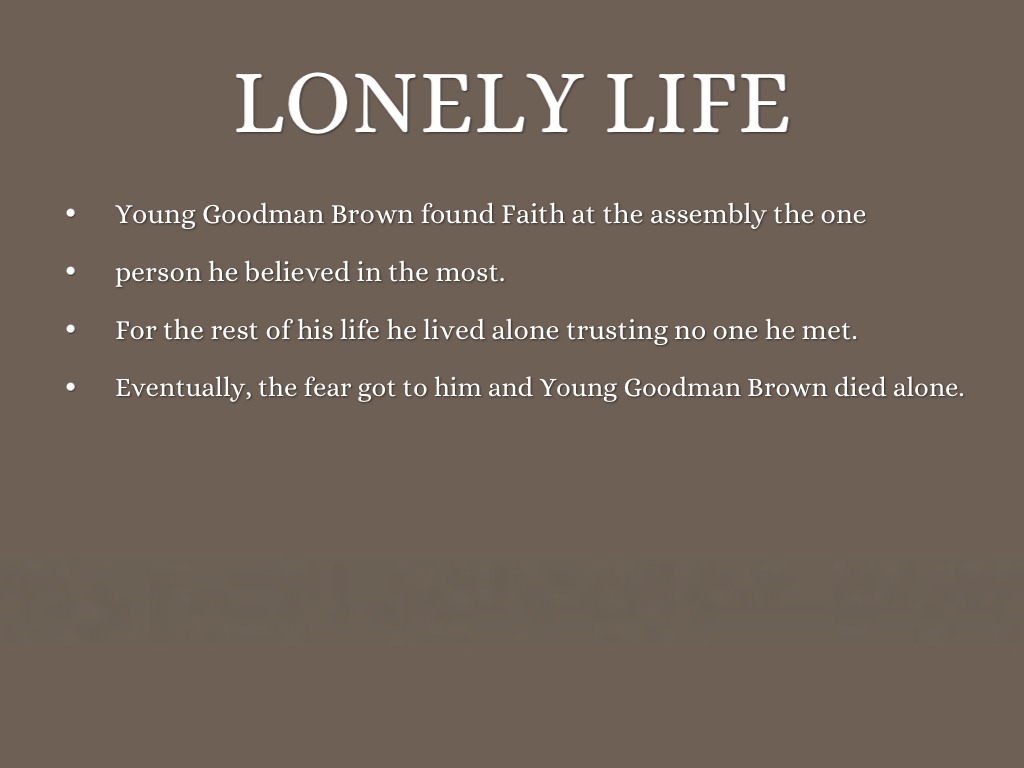

Understanding Dry Begging: A Unique Approach To Seeking Help
In a world where social media reigns supreme, the concept of "dry begging" has emerged as a controversial yet prevalent behavior. This term refers to the subtle art of hinting at a need for assistance without explicitly asking for help. It often takes the form of vague social media posts, cryptic messages, or emotional pleas that seek sympathy or support without directly soliciting aid. Understanding this phenomenon can shed light on the complexities of human interaction in the digital age. As people navigate their lives online, the boundaries between genuine vulnerability and manipulative behavior can become blurred. Dry begging has sparked debates about authenticity, mental health, and the ethics of seeking help in non-traditional ways.
Many individuals find themselves engaging in dry begging as a means of coping with personal struggles or financial difficulties. They may hope to elicit sympathy or support from friends, family, or even strangers without openly admitting their hardships. This behavior can be indicative of deeper emotional issues, such as anxiety or fear of rejection. Ultimately, recognizing the signs of dry begging can lead to more open conversations about mental health, vulnerability, and the importance of reaching out for help in a direct manner.
As we delve deeper into the concept of dry begging, it becomes essential to ask ourselves: what drives people to engage in this behavior? Is it a lack of confidence in openly expressing their needs? Or is it a reflection of societal pressures that discourage vulnerability? By examining these questions, we can gain a better understanding of the motivations behind dry begging and how it impacts relationships and communities.
What is the History of Dry Begging?
Dry begging is not a new phenomenon; it has roots in various forms of human communication and social interaction. Historically, people have always sought help in ways that align with their comfort levels and societal norms. In earlier times, individuals may have relied on community support systems or word-of-mouth to convey their needs. However, as technology and social media evolved, so too did the ways in which people expressed vulnerability. Today, dry begging thrives in the digital landscape, where users can craft their messages carefully and gauge the reactions of their audience.
How Does Dry Begging Manifest in Social Media?
On social media platforms, dry begging can appear in various forms, including:
- Vague status updates that hint at personal struggles without providing details.
- Emotional posts accompanied by images that evoke sympathy.
- Subtle requests for attention or validation, often framed as a cry for help.
This behavior can create a sense of intrigue among followers, as they may feel compelled to respond or offer support. However, the ambiguity of dry begging can also lead to misunderstandings and a lack of genuine assistance.
What Are the Psychological Implications of Dry Begging?
Engaging in dry begging may stem from underlying psychological factors. Some individuals may struggle with feelings of inadequacy or fear of rejection, leading them to seek validation in indirect ways. This behavior can also be a coping mechanism for those dealing with anxiety or depression, as it allows them to express their needs without fully confronting their vulnerabilities. Moreover, the response from others can reinforce these behaviors, creating a cycle of indirect communication that ultimately hinders authentic connection.
Are There Ethical Considerations Surrounding Dry Begging?
The ethics of dry begging can be a contentious topic. While some may argue that seeking help in this manner is a legitimate expression of vulnerability, others may view it as manipulative or attention-seeking. This raises important questions about the responsibility of individuals to communicate their needs clearly and the impact of indirect requests for help on the relationships they maintain. Ultimately, fostering honest dialogue about mental health and emotional well-being can help to dismantle the stigma surrounding vulnerability.
How Can We Respond to Dry Begging?
When encountering dry begging, it can be challenging to know how to respond. Here are some strategies to consider:
- Engage with empathy: Approach the situation with kindness and understanding, recognizing that the individual may be struggling.
- Encourage open communication: If appropriate, gently prompt the person to share their feelings or needs more explicitly.
- Offer support: Sometimes, a simple message of support or a willingness to listen can make a significant difference.
By fostering an environment that encourages open dialogue, we can help individuals feel more comfortable expressing their needs directly rather than resorting to dry begging.
What Role Can Community Play in Addressing Dry Begging?
Communities can play a vital role in addressing the phenomenon of dry begging. By promoting open conversations about mental health and encouraging individuals to seek help directly, we can create an environment that fosters genuine support and understanding. Community initiatives, such as workshops or support groups, can empower individuals to express their needs openly, reducing the reliance on indirect methods of communication.
Conclusion: The Future of Dry Begging in a Digital World
As we continue to navigate the complexities of human interaction in an increasingly digital world, understanding the dynamics of dry begging is essential. By recognizing the motivations behind this behavior and fostering open dialogue about vulnerability, we can create a more supportive and empathetic community. Ultimately, encouraging individuals to express their needs directly can lead to stronger connections and healthier relationships, paving the way for a more compassionate society.
You Also Like
Nagi Maehashi: The Journey Of A Dedicated ParentExploring The Depth Of Porter McConnell's Relationship With His Father
Unveiling The Truth: What Is Faith Hill's Diagnosis?
Masa 49 Videos: Unraveling The Mystery Behind The Phenomenon
Exploring The Intriguing World Of Michelle Stafford's Relationships



